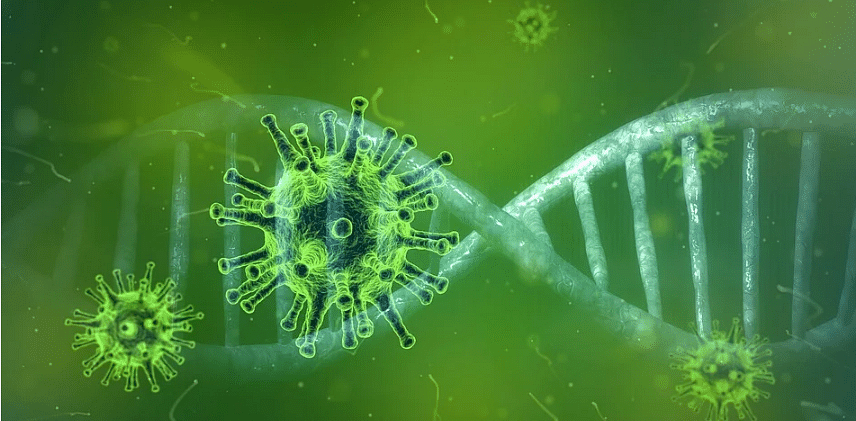
A study from the University of Hyderabad has found a characteristic dissimilarity between the SARS Coronaviruses that are capable of causing human infection and those which cannot.
According to the research, the sequence motifs specific to human SARS coronavirus-2 hosted by the human body’s ACE-2 receptor can be exploited as potential candidates for antibody design towards a COVID-19 cure.
At the same time, the UoH study cautions that some bat SARS coronavirus genomes are still evolving and may eventually acquire the capabilities to infect humans, posing a potential threat in the future.
Professor Lalitha Guruprasad of the School of Chemistry, University of Hyderabad has analyzed the complete genomes and spike protein sequences of several SARS coronaviruses from the bat, civet, human and human SARS coronavirus 2.
A person is COVID-19 infected when a SARS coronavirus protein named - Spike, that forms a crown-like appearance “Corona” specifically binds to human angiotensin-converting enzyme-2 (ACE-2) receptor.
“ACE-2 is a carboxypeptidase of the renin-angiotensin hormone system and acts as a receptor for human coronaviruses SARS-CoV and SARS-CoV-2. To put it simply, an effective handshake between human ACE-2 and spike protein from the virus is required for causing the infection,” Professor Guruprasad tells DH.
Guruprasad’s study revealed that "three sequence regions and a disulfide bridge are present only in SARS coronavirus spike proteins that bind ACE-2 receptor, whereas, these sequences are absent in bat SARS coronaviruses that are incapable of causing human infection".
Mutations of a more transmissible form of SARS coronavirus-2 subsequently reported by the Los Alamos National Laboratory, USA is associated with one of the sequence regions identified by us, says Guruprasad.
Guruprasad’s research is based on the virus’s DNA sequencing database of the National Centre for Biotechnology Information of the US’s National Institute of Health.
The present COVID-19 disease is caused by Severe Acute Respiratory Syndrome (SARS) coronavirus-2 with its epicenter reported from Wuhan, China during December 2019. It has rapidly become a pandemic resulting in an alarming number of infections and deaths worldwide. It is known that bats are natural reservoirs of SARS coronaviruses.
The SARS coronavirus constantly gets mutated in bats and jumps across species, thereby animals such as civets and pangolins acquire the virus. Further mutations of the virus and human contact with these host animals would result in a human infection leading to severe respiratory disease.